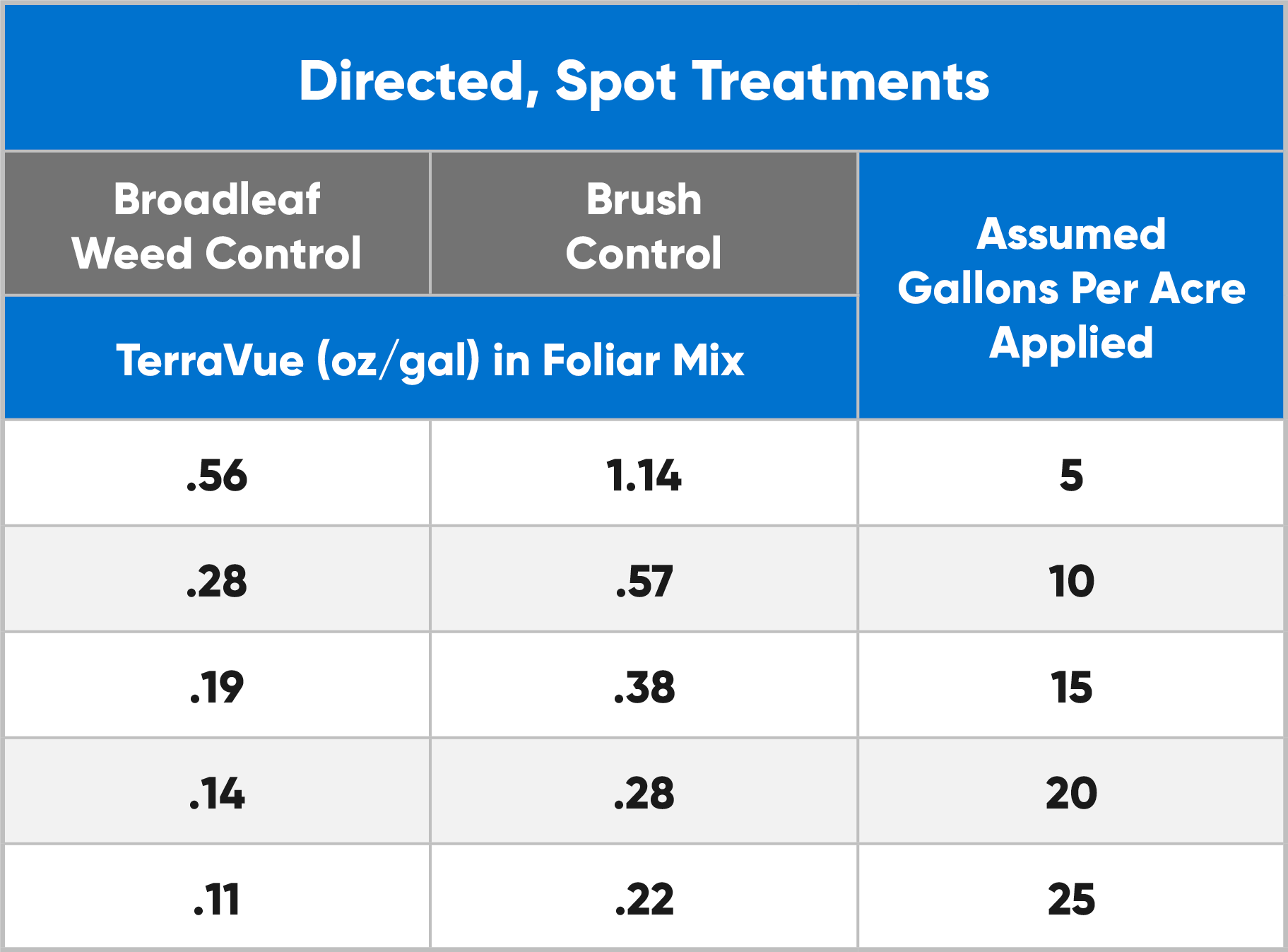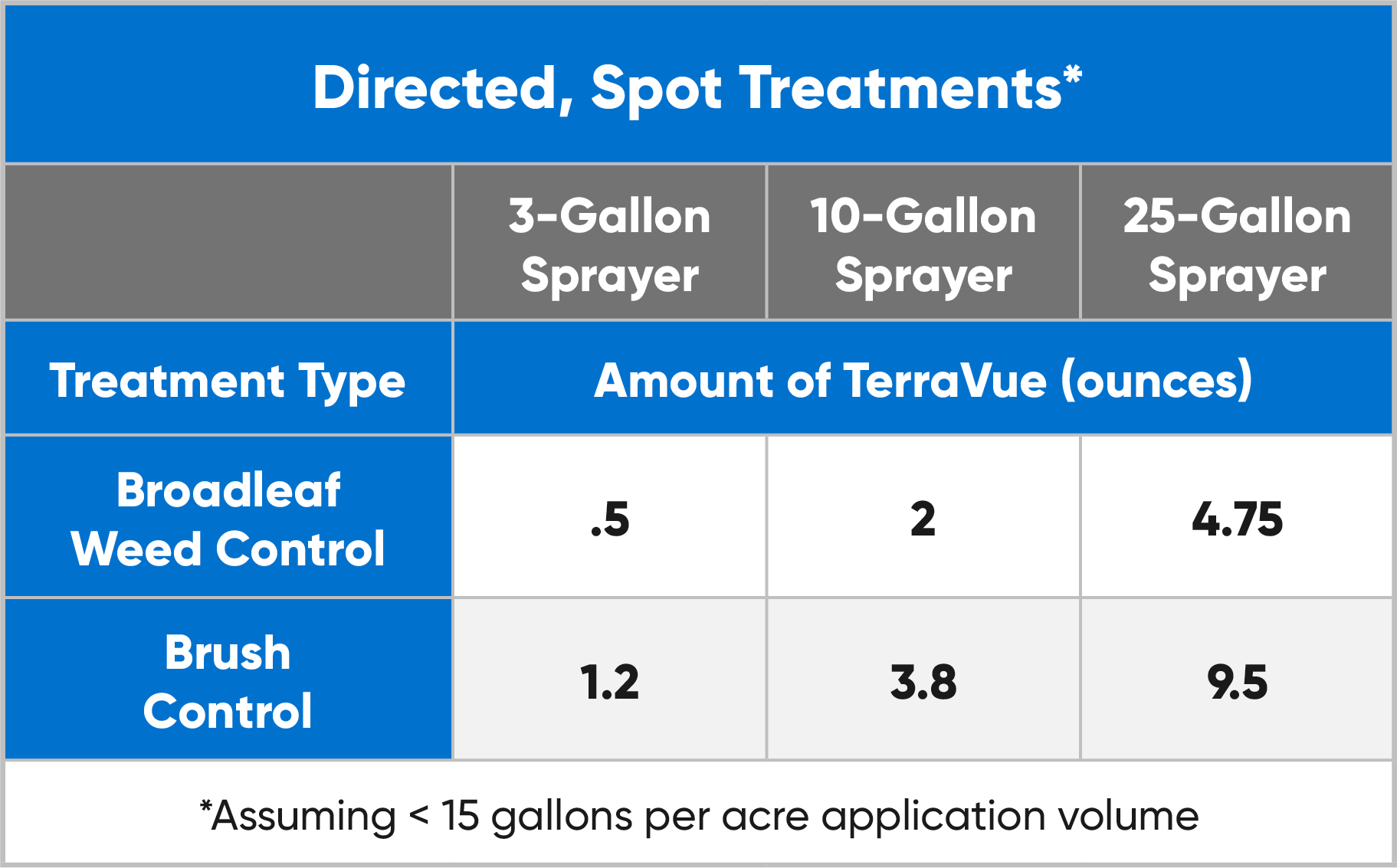As a fast-growing deciduous tree, honeylocust (Gleditsia triacanthos) thrives on a deep-growing root system that often robs surrounding vegetation of essential water and nutrients.
And while its considerable height and expansive foliage provide ornamental beauty and plenty of shade, the sheer size of the honeylocust makes it a formidable threat to grow or fall into power lines, which jeopardizes electrical transmission reliability. For this reason, it’s important for utility vegetation managers to know how to identify and control honeylocust trees safely and effectively.
What does a honeylocust tree look like?
The honeylocust tree is hard to miss, as it can grow anywhere from 65 to 100 feet in height. While younger trees are smaller and have smoother bark, older trees often have a surface that is more cracked in appearance. Another distinguishing feature of the honeylocust is its spiky trunk. As opposed to growing on branches, long thorns extend from the tree’s trunk and grow up to 8 inches in length. In addition to widely spaced branches that feature small bright-green leaves that turn to shades of yellow in the fall, the honeylocust also blooms clusters of small creamy-green flowers in late spring and early summer.
Where is honeylocust found?
While the honeylocust most commonly thrives in the moist soil of river valleys, it also is tolerant of poor site conditions. That’s why honeylocust trees can be found in various states and climates across the country, including regions throughout Alabama, Maryland, Pennsylvania, South Dakota, Texas and Washington. The tree’s fruit takes the form of flat legumes that measure up to 8 inches long. These pods bloom in early autumn and carry seeds that are consumed by grazing cattle and horses, whose excretions support the honeylocust’s spread and growth.
How can I control honeylocust?
Remember those long thorns we mentioned? As you can imagine, they make the removal of honeylocust quite challenging. Since the thorns are sharp and the tree’s root system runs deep, attempting to cut down a honeylocust tree can result in injury and additional treatment requirements. Even if the tree appears to be dead, its stump must be uprooted to prevent roots from sprouting and spreading. Given the propensity for regrowth, it can take years for cutting practices to be deemed successful when dealing with honeylocust trees.
Comparatively, selective herbicide treatments provide a more timely and economical solution. While herbicides like Garlon® 3A and Garlon® 4 Ultra can be used to control a variety of locust species through foliar and dormant-season applications respectively, TerraVue® herbicide can be used to effectively control honeylocust through directed spot treatments at a rate of 5.7 ounces per acre. Applicators should always check the product label for appropriate product mixes and/or usage rates to ensure optimum results and controlled efficacy, but the following resources can be used to help determine the right mixing approach for small spray tanks:


To learn more about the benefits selective herbicides can provide to utility management programs working to eliminate trees and other forms of tall-growing vegetation that threaten electrical transmission safety across the country, visit VegetationMgmt.com.
™ ® Trademarks of Corteva Agriscience and its affiliated companies. State restrictions on the sale and use of Garlon® 4 Ultra apply. Under normal field conditions, TerraVue® is nonvolatile. TerraVue has no grazing or haying restrictions for any class of livestock, including lactating dairy cows, horses (including lactating mares) and meat animals prior to slaughter. Label precautions apply to forage treated with TerraVue and to manure and urine from animals that have consumed treated forage. TerraVue is not registered for sale or use in all states. Contact your state pesticide regulatory agency to determine if a product is registered for sale or use in your state. Consult the label before purchase or use for full details. Always read and follow label directions.



